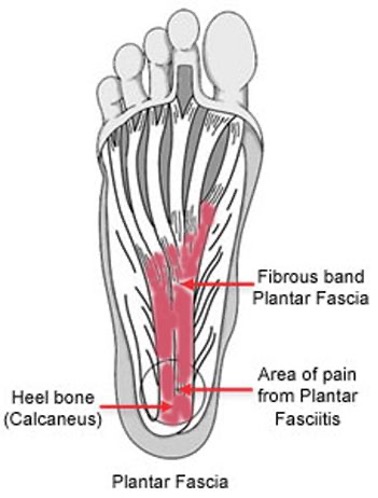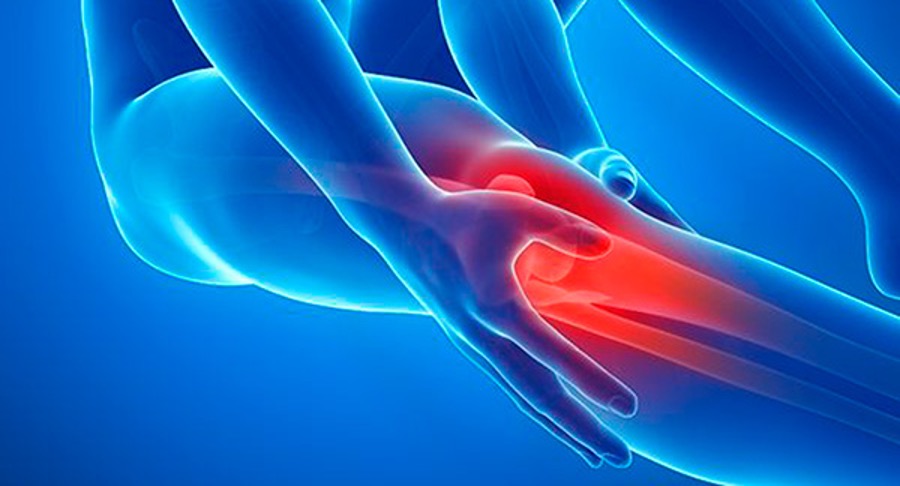What is plantar fasciitis?
A common cause of foot or heel pain is plantar fasciitis. This often painful and debilitating condition affects many people every year worldwide. According to the Harvard Medical School, most people who develop plantar fasciitis are generally active adults between 45 and 65 years old.
Plantar fasciitis occurs when the plantar fascia, a band of tissue underneath the foot, is repeatedly overloaded or overstretched. This unwanted additional force changes the biomechanics of the foot, often leading to pain.
Common symptoms of plantar fasciitis:
Symptoms can vary from case to case, sometimes such is brought on gradually over time, and in some situations, the symptoms develop suddenly after intense physical activity. The severity and duration can vary from case to case. Following are some common symptoms:
- Pain near the heel – people often describe this as a dull ache or a sharp localised throb. The arch region may also be described as an ache or burn.
- Stiffness and severe heel or foot pain in the morning, particularly when getting out of bed, after extended periods of rest, or prolonged periods of sitting.
- The pain often worsens with physical activity.
- Often significant tenderness when the heel region is palpated.
Risk factors of plantar fasciitis
- A high arch.
- Flat feet.
- Excess weight.
- A tight calf and Achilles tendon.
- Old shoes.
- Shoes that do not provide adequate arch support.
- An increase in activity levels and distance.
How is plantar fasciitis diagnosed
Plantar fasciitis is diagnosed by an experienced medical professional or sports physiotherapist. Clinical questioning is initially performed, followed by a thorough clinical assessment. This often entails, considering the foot mechanics (both at rest unloaded and during walking), palpation of the plantar fascia and the heel, strength around the hip joint (as muscles near the hip can change the positioning of the foot), and any tightness of the calf and the Achilles tendon.
In some cases, an x-ray or ultrasound may be indicated. This can assist in the physical examination. It is important to note, that a diagnosis can be made in the absence of imaging. In rare cases, an MRI, or a blood test is needed, often when plantar fasciitis is not suspected.
Treatment for plantar fasciitis
The Harvard Medical School, reports that with non-surgical treatment, most cases improve within nine to twelve months.
Common treatments include:
- A period of ‘relative rest’. This is different to ‘absolute rest’, stopping the previous activities that were aggravating the symptoms, and rather replacing them with activities that put less force through the foot, such as cycling or swimming.
- Contrast therapy – alternating rolling your foot on a bottle filled with cold water, and one filled with warm water.
- A heel insert, and the addition of the middle part removed if indicated.
- Either a ‘rolling’ or a stretching program.
- A strengthening program (based on individual needs).
- In some cases a night splint.
- Supportive shoes.
- Sometimes the need for orthotics.
In some cases, ‘to break the cycle’ taking a course of NSAIDs or having an injection of corticosteroid.
Robert Vander Kraats is a sports physiotherapist with 18 years of experience, book in with him at Greenwood on 9203 7771 or online for your comprehensive assessment, and learn of any contributing factors.



